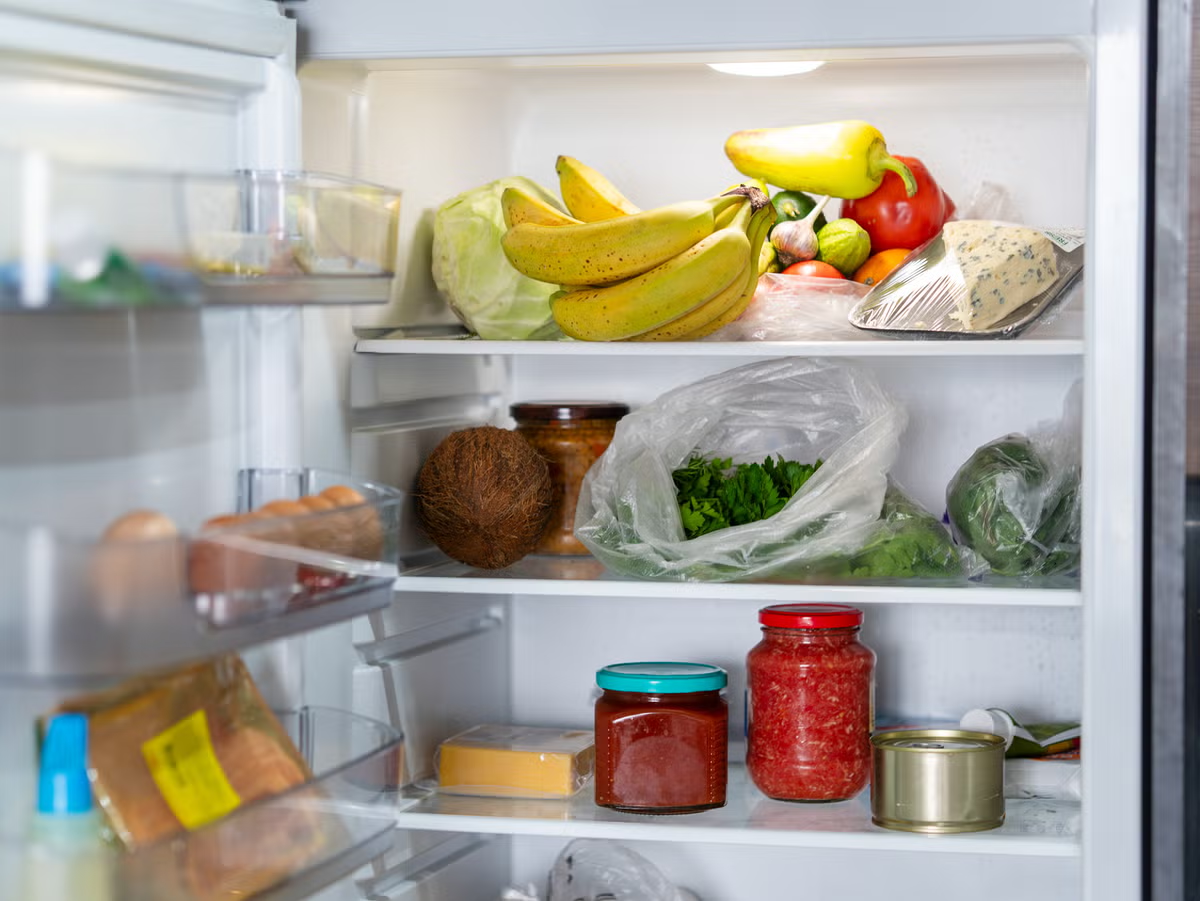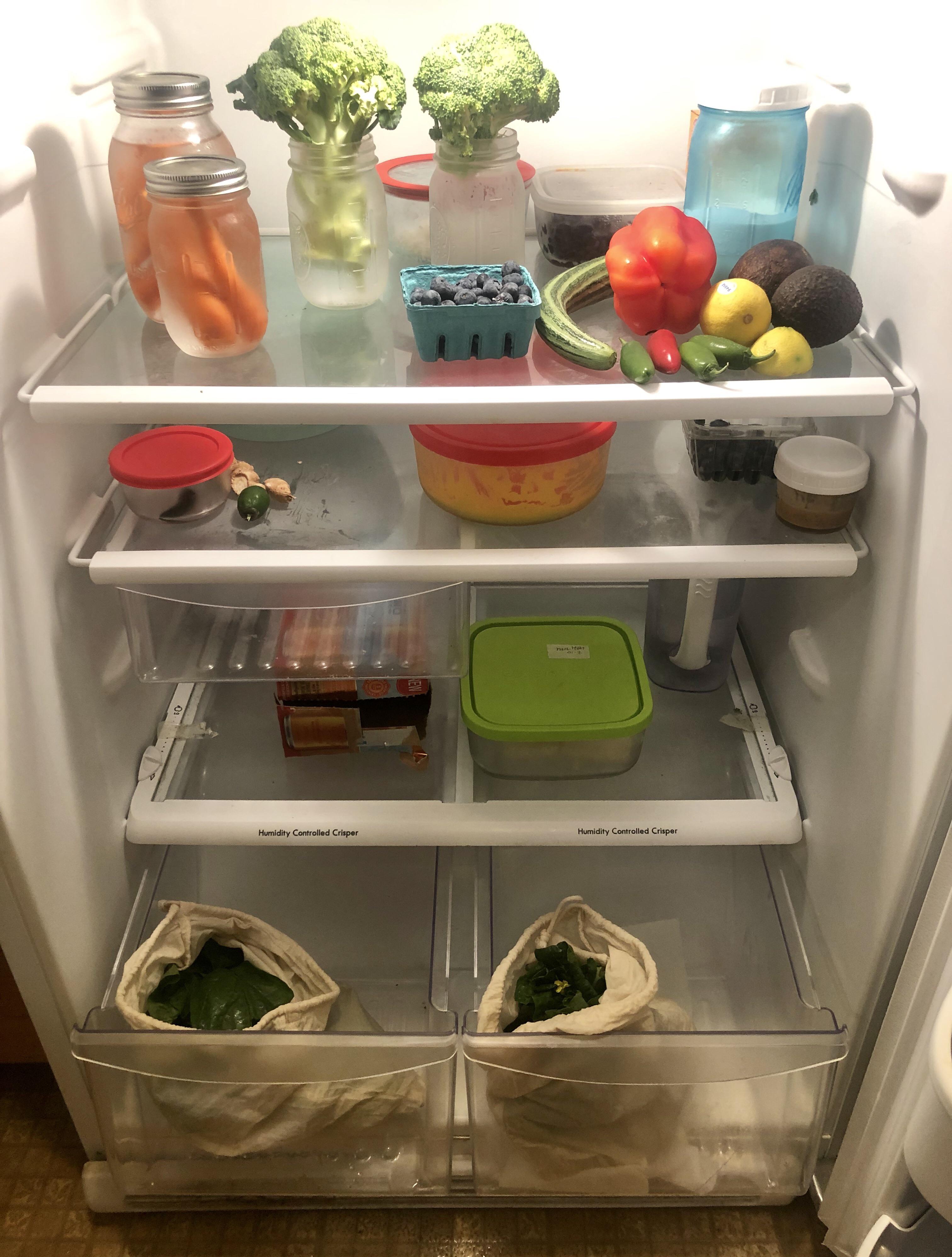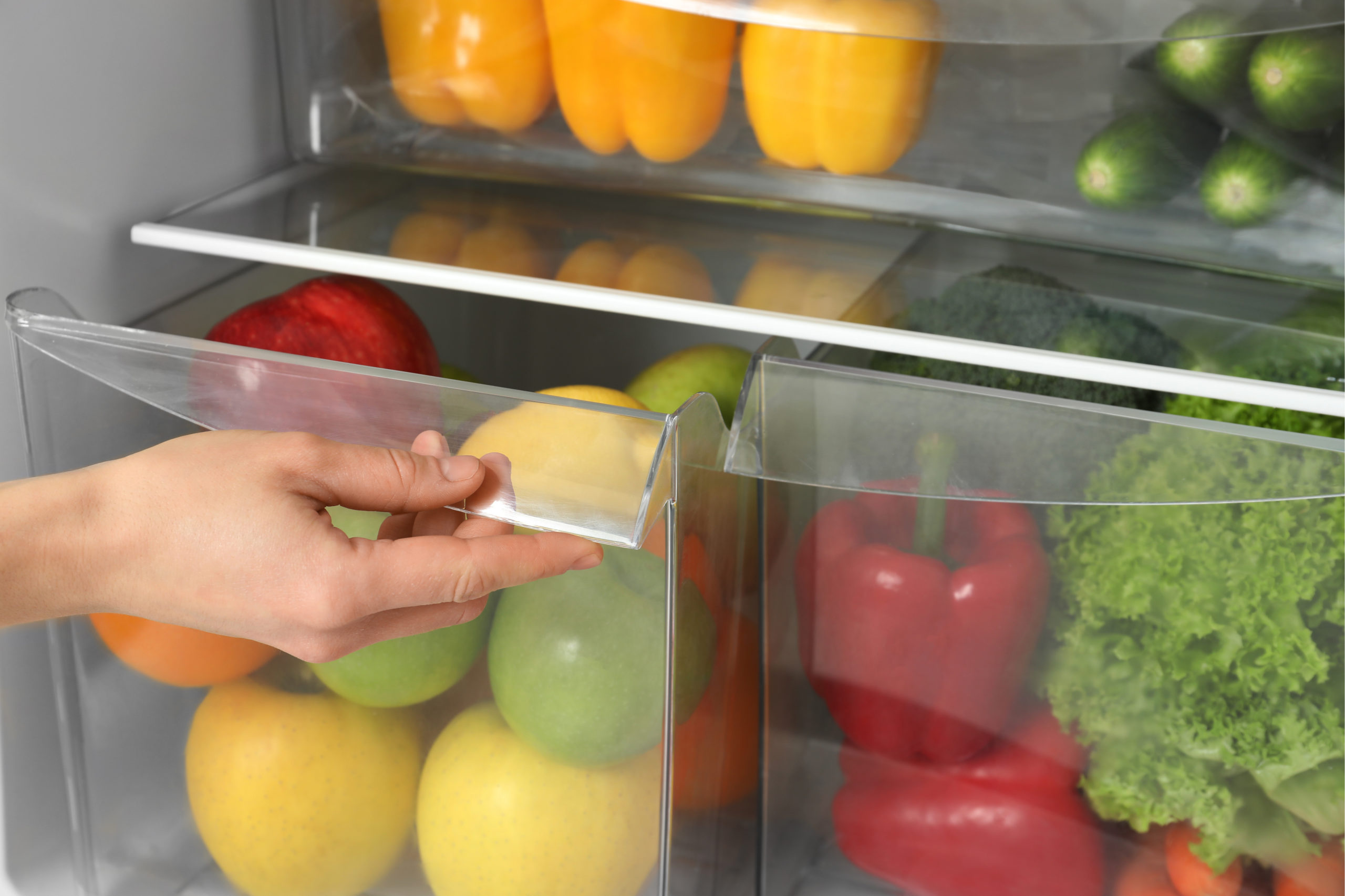To store fresh fruits and vegetables for months without refrigeration, choose a cool, dark, and well-ventilated area. Use breathable containers like mesh bags or crates to prevent moisture buildup. Certain produce, like apples and potatoes, can be stored together to extend freshness. Consider methods like canning, dehydrating, or fermenting for longer-term preservation.
For centuries, people preserved their harvest without the luxury of refrigeration. From root cellars to fermentation techniques, these time-tested methods allowed communities to thrive year-round. In today’s world, these practices are more relevant than ever, offering sustainable and cost-effective ways to enjoy fresh produce for months, even without a refrigerator.
This blog post will guide you through practical and proven techniques to store your fruits and vegetables for extended periods, minimizing waste and maximizing flavor.

I. Understanding the Basics: Why Fruits and Vegetables Spoil
Before diving into specific storage methods, it’s crucial to understand why produce spoils in the first place:
- Moisture Loss: Fruits and vegetables are mostly water. As they lose moisture, they wilt, shrivel, and lose their crispness.
- Enzyme Activity: Naturally occurring enzymes continue to function after harvest, causing ripening and eventually decay.
- Microbial Growth: Bacteria, mold, and yeast thrive in warm, moist environments, leading to spoilage.
- Ethylene Gas Production: Some fruits, like apples and bananas, release ethylene gas, which accelerates the ripening (and eventual spoilage) of themselves and other nearby produce.

II. Essential Tools and Materials for Long-Term Storage
Investing in a few key items will significantly improve your storage success:
- Canning Jars and Lids: For pickling, preserving, and making jams.
- Dehydrator: A dehydrator removes moisture from produce, creating shelf-stable snacks.
- Root Cellar (or Improvised Version): A cool, dark, and humid space for storing root vegetables and certain fruits.
- Wooden Crates and Boxes: For layering and storing produce with good airflow.
- Sand or Sawdust: Used to bury root vegetables and maintain moisture.
- Vinegar, Salt, and Sugar: Essential ingredients for pickling and preserving.
- Herbs and Spices: Add flavor and can act as natural preservatives.
- Wax: Sealing fruits and veggies.
III. Techniques for Long-Term Fruit Storage Without Refrigeration

Here are several effective methods to preserve your favorite fruits for months:
A. Dehydration: Dried Fruit Delights
- Process: Slicing fruits thinly and drying them using a dehydrator or oven.
- Suitable Fruits: Apples, bananas, berries, grapes, mangoes, peaches, plums, and tomatoes.
- Benefits: Concentrates flavors, reduces size, and creates shelf-stable snacks.
- Storage: Store dried fruit in airtight containers in a cool, dark place.
B. Canning and Preserving: Sweet and Savory Options
- Process: Boiling fruits in a sugary or vinegary solution to create jams, jellies, preserves, or pickled fruits.
- Suitable Fruits: Berries, cherries, peaches, plums, and tomatoes.
- Benefits: Creates a long-lasting product with customizable flavors.
- Storage: Store canned goods in a cool, dark pantry.
C. Fruit Leather: Chewy Goodness
- Process: Pureeing fruits and spreading them thinly on a tray to dry in the sun, dehydrator, or oven.
- Suitable Fruits: Any fruits that can be pureed, often combinations of berries, apples, or peaches.
- Benefits: Great snack for children and portable.
- Storage: Wrap in parchment paper and store in an airtight container.

D. Waxing: Coating Your Fruits for Longevity
- Process: Coating the fruit with wax to prevent water loss.
- Suitable Fruits: Apples, Citrus, Plums.
- Benefits: Increases shelf life for months.
- Storage: Keep them in cool and dry place.
IV. Techniques for Long-Term Vegetable Storage Without Refrigeration
Preserving vegetables without refrigeration requires a range of methods depending on the type of vegetable:
A. Root Cellaring: Nature’s Refrigerator
- What it is: A cool, dark, and humid space, ideally underground, for storing root vegetables.
- Suitable Vegetables: Potatoes, carrots, beets, turnips, parsnips, onions, garlic, and winter squash.
- Key Factors:
- Temperature: Ideal temperature range is 32-40°F (0-4°C).
- Humidity: High humidity (85-95%) is crucial to prevent moisture loss.
- Darkness: Darkness prevents sprouting.
- How to Improvise a Root Cellar:
- Use a cool, dark basement corner.
- Bury vegetables in sand or sawdust in containers.
- Store vegetables in unheated garages or sheds, protecting them from freezing.
B. Pickling and Fermenting: Tangy and Probiotic-Rich
- Process: Preserving vegetables in a brine of vinegar, salt, and spices (pickling) or encouraging the growth of beneficial bacteria (fermenting).
- Suitable Vegetables: Cucumbers (pickles), cabbage (sauerkraut), carrots, beets, onions, garlic, and peppers.
- Benefits: Adds unique flavors and textures while preserving nutrients.
- Storage: Store pickled and fermented vegetables in a cool, dark place, or in the refrigerator if you prefer a colder temperature.
C. Dehydration: Crispy Veggie Chips and Powders
- Process: Slicing or dicing vegetables and drying them using a dehydrator or oven.
- Suitable Vegetables: Tomatoes, peppers, onions, garlic, mushrooms, and zucchini.
- Benefits: Creates shelf-stable snacks, ingredients for soups and stews, and vegetable powders for seasoning.
- Storage: Store dried vegetables in airtight containers in a cool, dark place.
D. Curing: Salting, Drying, and Smoking
- Process: Using salt to draw out moisture and inhibit microbial growth, followed by drying or smoking.
- Suitable Vegetables: Garlic, onions, and certain types of peppers.
- Benefits: Creates intensely flavored and shelf-stable ingredients.
- Storage: Store cured vegetables in a cool, dry place.
E. Storing Onions and Garlic: The Right Environment
- Process: Properly drying and storing onions and garlic in a cool, dark, and well-ventilated place.
- Key Considerations:
- Curing: Dry onions and garlic thoroughly after harvest to toughen the outer skins.
- Braiding: Braid dried onions and garlic together for easy storage.
- Mesh Bags: Store in mesh bags to allow for good airflow.
- Avoid Refrigeration: Refrigeration can cause onions and garlic to sprout and become mushy.
V. General Tips for Success
- Choose High-Quality Produce: Start with fresh, undamaged fruits and vegetables.
- Wash Thoroughly: Wash produce gently to remove dirt and debris before storing.
- Store Properly: Use the appropriate storage method for each type of fruit and vegetable.
- Regularly Inspect: Check stored produce regularly for signs of spoilage and remove any affected items.
- Separate Ethylene Producers: Keep ethylene-producing fruits (apples, bananas) away from ethylene-sensitive vegetables (broccoli, lettuce).
- Practice Makes Perfect: Experiment with different methods and find what works best for you.
VI. Conclusion: Embrace the Art of Preservation
Storing fresh fruits and vegetables without refrigeration is a rewarding and empowering skill. By understanding the principles of preservation and applying these time-tested techniques, you can reduce food waste, save money, and enjoy the fruits (and vegetables!) of your labor year-round. So, ditch the reliance on the fridge and embrace the art of preservation!
